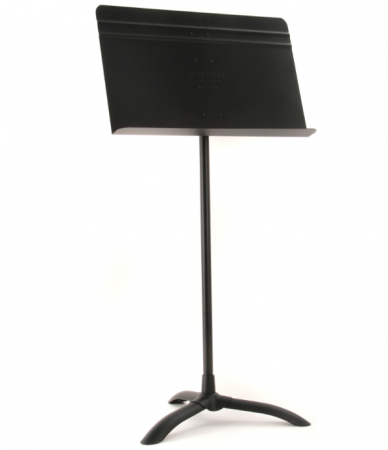17 August 2014
Practicing
22/08/14 Filed in: practicing
From Sweetwater’s Insync: http://www.sweetwater.com/insync/how-to-practice-effectively-part-i/?utm_source=insync&utm_medium=email&utm_campaign=is822
How To Practice Effectively, Part I
By Don Carr on Aug 21, 5:11 PM

Whichever approach suits you best (or combine them all), be realistic about your available time and draw out a plan to achieve your goals. Writing out your practice schedule may help if you have various materials that you’re working on simultaneously.
Growing your abilities as a musician is a rewarding experience that takes effort. Use your time wisely but most of all, have fun!
How To Practice Effectively, Part I
By Don Carr on Aug 21, 5:11 PM

| “I don’t have time to practice” is a commonly heard phrase by music teachers everywhere to which the answer, “You have the same 24 hours as the rest of us” is the usual response. We’re all busy. Whether it’s school, work, family, extra-curriculars, or any number of distractions, time seemingly vaporizes and the day is suddenly over. So the question is: how do you figure out where to fit practice time in your schedule and make the most of it? Being a student of the guitar most of my life and dealing with every kind of scholastic, travel, and work-’round-the-clock schedule imaginable, I devised three plans of attack to help maximize precious practice time. |
| It’s amazing what five minutes of intense concentration can do! Start first thing in the morning with warm-ups and every time you have a break from whatever it is you’re doing, pick up your instrument. With short periods of time you need laser-focus on what you’re working on: a short section of a song that keeps tripping you up; learning a new scale, chord, or lick; playing a song or piece from start to finish without stopping, whatever it is. If you do this several times during the day, you’ll be surprised at the practice hours you log and the progress you’ll make. At first, it may seem like you’re barely getting started when your time is up but you’ll soon get used to the short-burst method and always stay in anticipation of your next practice session. Another bonus is that you’re always warmed-up and music is always on your mind. Assuming you can bring your instrument with you, this method works best if you have a job that is task-based, where you can work at your own pace, or where you have alternating periods of “work and wait” on your job. |
2) Schedule two or three longer practice sessions during the day
Planning is key here, not only with the material you want to work on but how much time and what times of the day you have available. I used this strategy when I was in college and also during heavy travel periods on tour. My college schedule gave me an hour between classes sometimes or a late rehearsal meant I had time between classes and rehearsal. On tour there’s a lot of hurry-up-and-wait; transitioning between load-in, soundcheck, performance, leave-time, etc., so I often had 30 minutes or more of down-time, which is perfect for practice. Look at your schedule and plan ahead.
3) One long practice session
This is the traditional method and if you have the time, patience, and focus, it can pay the most dividends. The danger with long practice sessions is not planning and drifting off into playing things that are fun and easy or losing your focus completely. If you have a longer block of time — one hour or more — break it up into smaller, timed segments and pick out specific things to work on in each of those allotted times. Use a timer to be super-efficient or just watch the clock.
Whichever approach suits you best (or combine them all), be realistic about your available time and draw out a plan to achieve your goals. Writing out your practice schedule may help if you have various materials that you’re working on simultaneously.
Growing your abilities as a musician is a rewarding experience that takes effort. Use your time wisely but most of all, have fun!